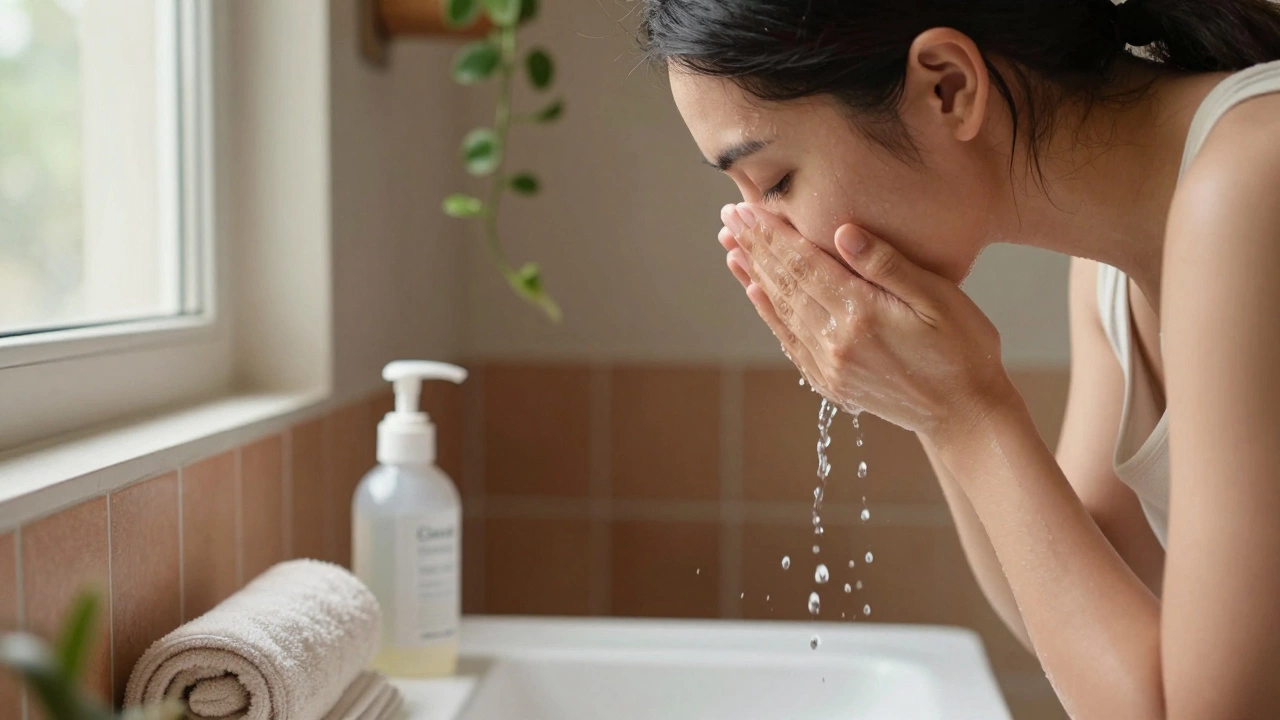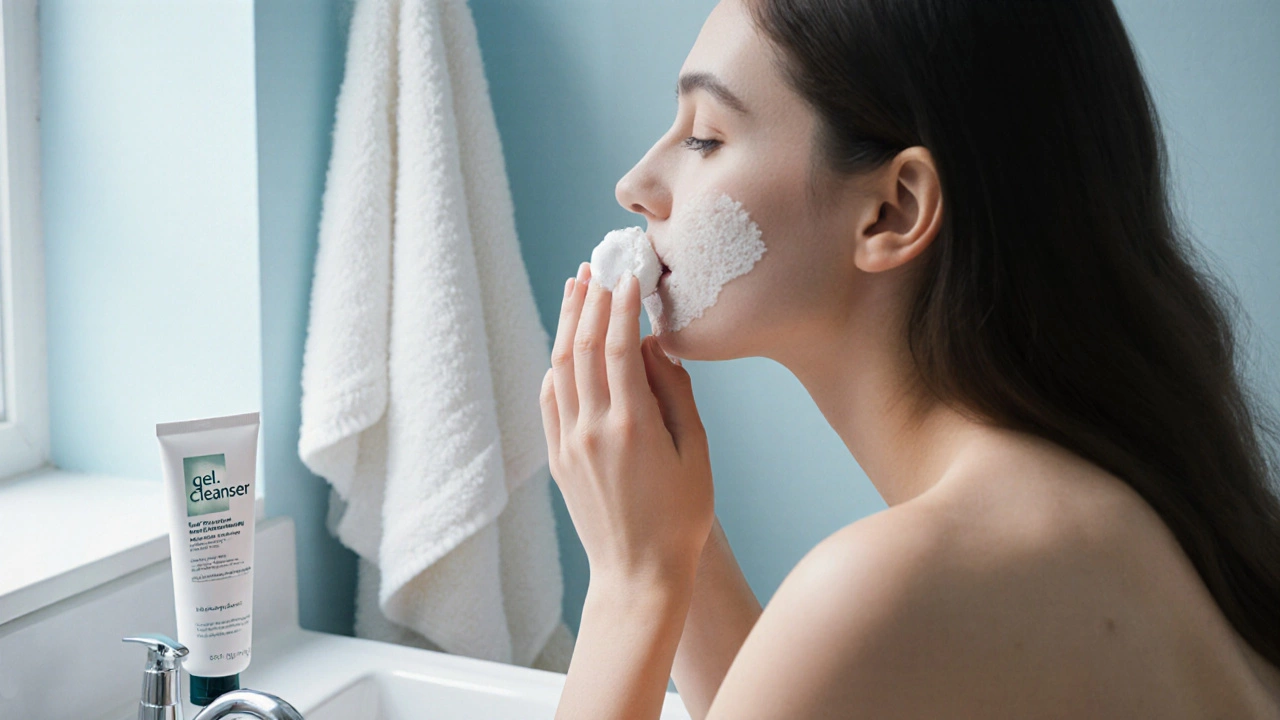Skin Care: Safe Routines & Medicine Risks
When you think about good skin, the first thing that pops up is probably a fancy serum or a new mask. But what if the real danger isn’t on your shelf but inside the pills you take? At Toxic Medicine Insights we break down how everyday medicines can tip the balance of your skin, and we give you easy steps to protect that glow.
Why Your Skincare Routine Matters
The 7 skin care routine has taken the internet by storm. It isn’t just a trend – it’s a method that layers toner, essence, serum, moisturizer, sunscreen and a few extra steps to keep the skin hydrated and bright. Each layer has a purpose: toner preps, essence adds light moisture, serum targets concerns, moisturizer locks everything in, and sunscreen shields from UV damage. If you follow the order, you’ll notice your skin feels softer and looks more even.
People love it because it works on every skin type. Even if you have oily or sensitive skin, you can skip the heavy creams and stick to lighter versions. The key is not to overload – a pea‑sized amount of each product is enough. Too much product can clog pores and actually cause breakouts, which defeats the whole point.
Medicines That Can Mess With Your Skin
Now, here’s the part most blogs skip. Some common medicines used in India can cause dryness, rashes, or dark spots. Antibiotics like doxycycline may make you more sensitive to sunlight, so sunscreen becomes non‑negotiable. Steroids can thin the skin over time, making it prone to bruises. Even painkillers like ibuprofen sometimes trigger allergic reactions that look like itchy bumps.
Knowing which drugs have skin side effects helps you adjust your routine. If you’re on a medication that dries you out, add an extra hydrating toner or a richer moisturizer. If a drug makes you photosensitive, double up on SPF and wear a hat when you’re out. These small tweaks keep your skin safe without stopping your treatment.
Another hidden risk is the interaction between topical products and oral meds. Some creams contain ingredients that can be absorbed and affect how a drug works. For example, high‑strength retinoids may interfere with blood thinners. It’s worth checking with your doctor or pharmacist if you plan to start a new active skincare product.
Putting the 7 skin care routine together with medication awareness gives you a solid defense. Start with a gentle cleanser, then a soothing toner, a lightweight essence, a targeted serum, a moisturizer that matches your skin’s needs, and finish with at least SPF 30. If you’re on a medication that dries you out, consider a hyaluronic‑acid serum for an extra moisture boost.
Remember, the goal isn’t a complicated regimen but a routine that works with your body. Keep an eye on how your skin reacts after a new prescription. If you notice unexpected redness or itching, note it and talk to your healthcare provider. Early detection can prevent bigger problems down the line.
In short, great skin comes from two places: the products you apply and what you put inside. By understanding the side effects of common Indian medicines and following a simple, layered routine, you can enjoy clear, healthy skin without fear. Stay curious, stay safe, and let your skin thank you.

What Are the 5 Basic Steps of Skin Care?
Learn the five essential steps of skin care that actually work-cleansing, moisturizing, sunscreen, nighttime repair, and consistency. No fluff, no fancy products, just what your skin really needs.

Basic Skincare Treatments: A Simple Guide
Learn the essential skincare treatments-cleansing, exfoliation, moisturizing, and sun protection-in a clear, step-by-step guide for healthy, radiant skin.

Understanding the 4 Skincare Types: A Complete Guide
Discover the four main skincare types, how to identify yours, and get a tailored routine that works for dry, oily, combination, or sensitive skin.

7 Skin Care Routine: What It Is, How It Works, and Why People Swear By It
The 7 skin care routine is all about layering toner multiple times to boost hydration and help your skin glow. This article breaks down each step, why it matters, and who can benefit—even people with oily or sensitive skin. You'll find tips to avoid common mistakes and learn how this routine got viral. If dewy, healthy-looking skin is your goal, check out these easy-to-follow steps that anyone can try at home.

What’s the Best Herbal Health Supplement?
Apr, 6 2025



